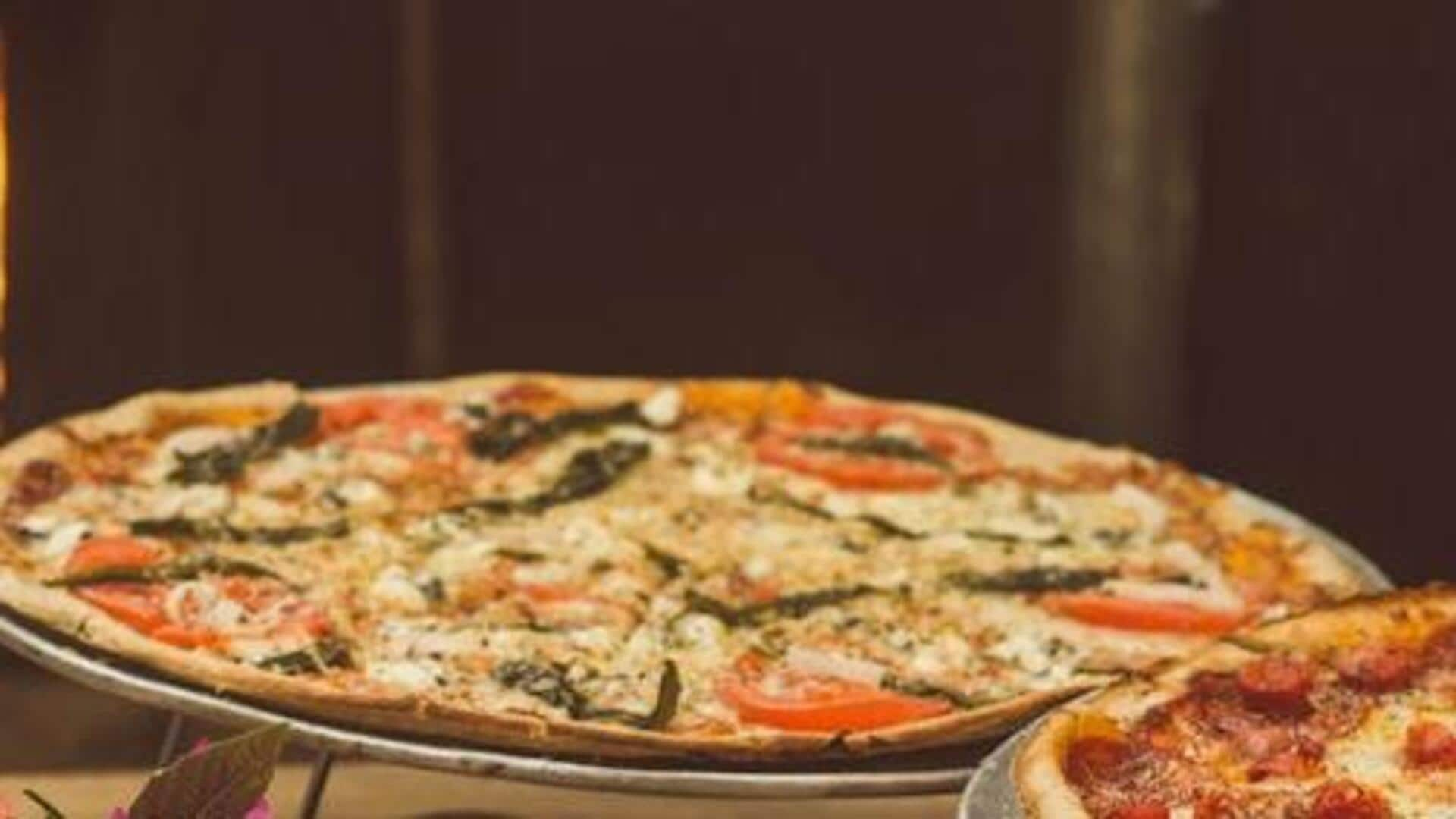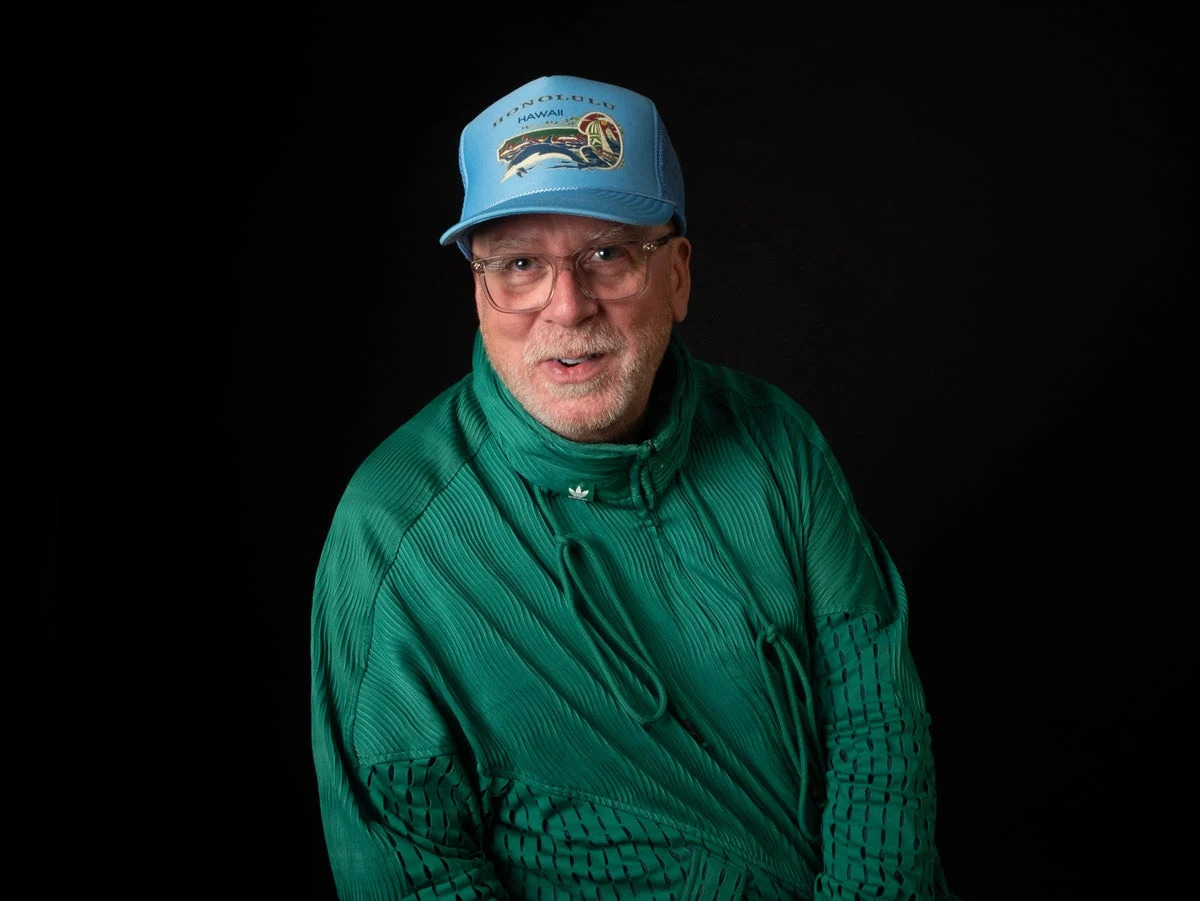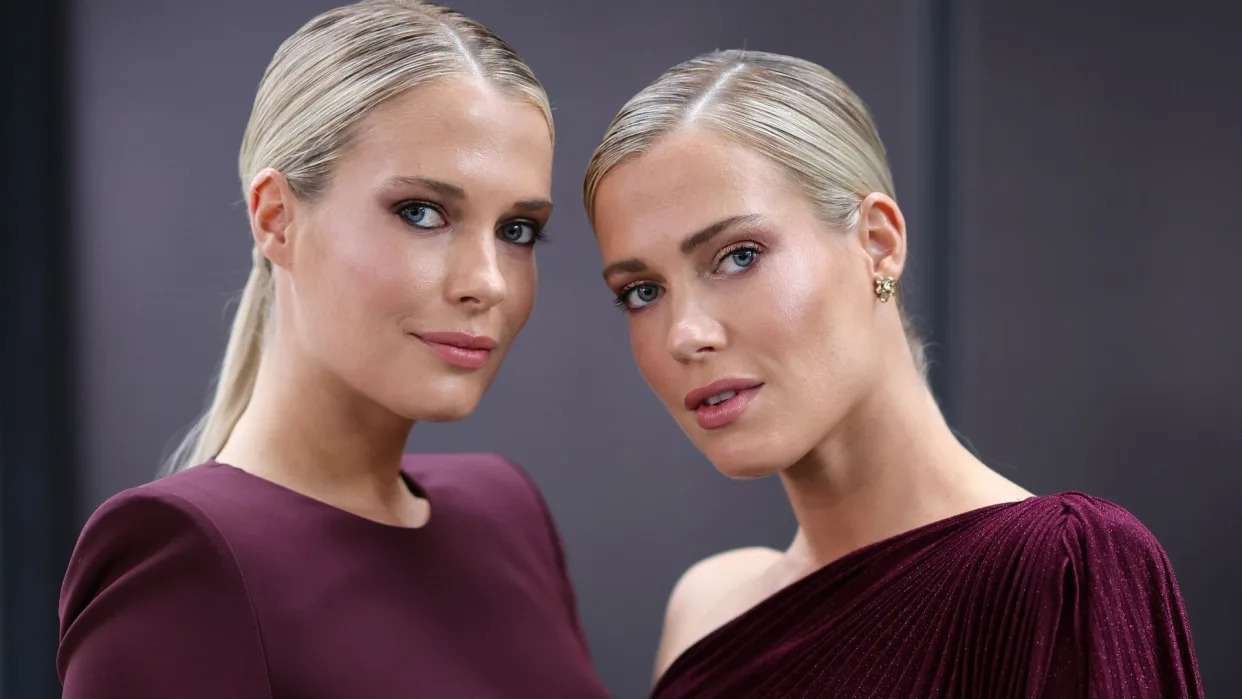For the first 100 days of filming , actress was nowhere to be found. In fact, she was the last person booked for the limited series starring as a Jewish tradwife-turned-reporter searching for her next byline in 1960s Baltimore. But the thing is: Ingram’s riveting portrayal of a missing Black woman who is believed to have been found dead in the show’s titular body of water has become the prestige drama’s breakout story.
In , which premiered July 19, Ingram plays Cleo Johnson, the protagonist and narrator guiding audiences through the mysterious muck that leads to her death. For the last seven episodes, Ingram masterfully shapeshifts between two worlds in racially divided Baltimore. From twirling in petticoats and feathered gowns as a department store window model to keeping the off-the-book accounts of a notorious club owner Shell Gordon (Wood Harris).

When she’s not juggling jobs (she even bartends at Shell’s club between shifts), Cleo’s striving for a better economic life for herself and her two sons. She begins advocating for systemic change in her community, but not everyone — namely her boss Shell — wants change. On the other side of town, Maddie Schwartz (Portman) cracks under the weight of being a good Jewish wife and mother.
Fueled by blind ambition, she runs towards a career as a reporter that she’d long abandoned. Maddie and Cleo’s lives enmesh at seemingly random times as they attempt to rewrite their circumstances. But when Cleo gets murdered, both women, in life and death, pull on a thread that unravels everything.
“I don’t think some things are accidental. When I think about the way that it feels on me, I just know that that was for me,” says Ingram. The Yale School of Drama grad has developed a knack for scene stealing.
With her first role, as the no-nonsense bestie Jolene in Netflix’s , she earned an Emmy nomination for outstanding supporting actress in a limited or anthology series or movie. In , Ingram’s performance as a desperate mother beating back sexism, racism and generational curses has been singled out by critics as “ ” and ( calls Ingram “fierce and compelling.”) Days before ’s seventh and final episode dropped on Apple TV+ on Aug.
23, the actress spoke with during a late afternoon walk in New York City. On the phone, she talks about meeting her legends, dancing to Nina Simone and discovering her value as an artist. I felt like I understood her immediately.
Some things, I feel like when I read, it’s like, “Okay, I can make this work. I can kind of understand this. I can see how this can come together.
” The other thing is really spiritual. You can just feel it, and that’s how it was with Cleo, I felt her in my bones. By the time I had gotten there, they had already been there about 100 days and then I was there for three or four months.
There were really great people around me. Alma [Har’el], our director, was super patient and willing to be there for any questions I had. I didn’t even have the full arc of the character when I started, and so those beginning scenes were, a lot of times, Alma just being on the side like, “Okay, it’s this, and it goes here, so you need a little bit of this and a little bit of this.
” Her having the vision and being able to hold my hand through the process really was amazing, as well as the cast and the crew. Everybody, at that point, had been there for so long, and so their patience with the whole, new part of the process, I was really grateful for. Even going back and filming, where they had me living at the time, I was like, “I ain’t never seen this before.
This is crazy,” but yeah, it was really beautiful to see Baltimore under those kinds of lights. I had heard so many stories about what Baltimore used to be and the heyday of jazz music, and this was where people came to. It was just so beautiful to see all of the people involved.
Shiona Turini [costume designer] and JC Molina [production designer] really set the scene and made it so beautiful. I don’t know, because I didn’t watch until late in life, but there were things culturally in as an adult that I went, “Oh, snap, that’s kind of spot-on.” I remember watching , which was Charles Dutton’s HBO show, years and years ago.
It’s nice to see, genre-wise, something different in . Wood is a legend. Truly, when I think of great cinema and great actors, I think of Wood, and so being able to work next to him was a little bit of a shock to the system at first.
There was a day on set when we’re shooting for episode three. There’s this big dance number, and I got hit in the face really bad with the camera. They had taken me over to the EMTs.
I was cold in my face, because I had been crying, and Wood came over. He was like, “Take your hands down, take your hands down. Let me look at your face.
Let me see you. Let me look at your face.” I took my hands down so Wood could see my face, and he stood there, and he really got a real good look at me.
He was like, “Mm-hmm, I think you’re okay. You are not bleeding or nothing. You okay, though?” Checking in to make sure I’m good, and I so appreciated that.
It’s nice when you meet people who you’ve admired after years and years, and they have the kind of energy that you would like them to have. That’s exactly it. It’s like when a kid falls, and somebody goes to them and says, “You okay? You okay?” It was kind of like that.
Dominique Morisseau has a play called , and years and years ago, they did it at The Lark theater in New York. I was broke, so I couldn’t see it, but it was just one of those plays that was kind of going around at the time. All I could watch was the 30-second trailer of the play, and that was the song attached to the trailer.
It just stuck from that time, because I had never heard it. It was new to me, and from then, it became this marker of a time in my life as an artist that was different than the time I’m in now. What it became in doing that scene was [like] a spiritual passing of the baton from that version of myself to this version of myself now.
For Cleo, it was a moment for her. She’d done everything she could. Literally, everything she could think to do, she’d done.
Everybody that she thought she could depend on, she realized that she couldn’t, and everybody was just taking care of themselves. She’d just had a moment of, “Well, I’m going to take care of me, too.” It was a freedom for her.
For me, I feel like it sounds dramatic, but it’s really true. I have not been the same since that day. I really do feel like something shook loose in my mind that day about the kind of person and artist I want to be.
Everything I’ve done to come to that point, because, I mean, I don’t have to tell you, right? This business is extremely hard, and you can love it, but to continue to want to do it sometimes is hard. That day was confirmation that I’m doing exactly what I’m supposed to be doing, as hard as it is, as hard as it might continue to get, I’m right where I’m supposed to be, and that meant a lot to me — and still does now. [Before] I really got to Baltimore, I was kind of dropping in and out of there for a couple of days.
Then week to week, we would meet on the scenes that were coming up for the week, and we would just talk about them. “Does this make sense to you? How do you feel about this?” Even on the day [of filming], I feel like every director’s creative process is different, and you just kind of have to be ready to roll with it. I really gel with her desire for the natural and what feels right, not trying to force something that isn’t the right thing.
Sometimes that means changing the words. It means changing the space, and having time, especially in this situation, we were in a pressure cooker because things had to happen in a certain time. But to be so emotionally vulnerable, you do need time and space to allow yourself to go to the places that you need to go to get the work done.
I had that in a really beautiful way that didn’t make me feel self-conscious or ashamed, but I felt valued as a real artist. Shiona’s great, because, like you said, she already had her general story, not general at all, very detailed, of what was happening in the clothes. But she was always very much like, “You’re the person who has to wear the clothes.
Do you like them? How do you feel in them? Does this fit well? I feel like this looks really good with your skin.” There’s a story in the clothes, like what the clothes say, and this is the first time I’ve ever thought about the art in the clothes that I was wearing. How can you show the garment better in the shot? It’s the first time in anything I’ve done where I feel like it’s been encouraged that I get to be pretty, and I feel like there’s this weird thing that happens sometimes where people go, “This is a strong Black woman.
She doesn’t need earrings or all of that.” And it’s like, “Huh?” So it was really nice to be pretty. And my hair and makeup, Amber Hamilton did my hair, and Cool Benson, he did my makeup.
Styling glam is such vulnerable work, because [the artists] are seeing you the most vulnerable, 4:00 in the morning, in between scenes, all kinds of ways. This was my second time working with Amber and Cool, and anytime I get the opportunity to choose, I’m going to always choose to bring them back, because you develop a shorthand with people and their artistry and your artistry works together to tell that story. I don’t have to worry about trying to speak to prove my niceness.
If I’m quiet, it’s okay that I’m quiet. People who know automatically what you’re going to need in a moment, and, a lot of times, most times, that’s emotionally, and not in the look, but they made me look so good. They are so good at what they do, so yeah, that’s how I feel about it.
One thing that I really have admired about Natalie. From the beginning, particularly in post, there are a lot of things, opportunities that, at this point in my career, are still hard to get. She so graciously was like, “Well, if I’m going to be here, I think Moses should be, too.
” Being an ally is really important, and I so appreciate her for that. She’s also about her business. She’s going to show up, she’s going to get the things done, and not only showing up as an actor but a producer on the project.
I’ve had [experiences working with] beautiful, expansive artist[s], many who I consider legends. Being around that sort of ilk, you really start to get down to who you want to be in the business and the kind of legacy you want to leave. The kind of legacy you want to leave.
Oh, definitely. You have to have certain experiences to develop a confidence. I feel like I was confident in the work before, but I think the experience I had on the show, I was scared a lot.
Really scared. Like stomach knots in the morning like, “What if I can’t do this,” or, “What if I’m not good in this way?” But then it always got done. That was a lesson that I needed to learn at that point in time.
Watching the women around me, when you’re filming something, 1,000 problems come up in a day. I’m sure, whether they showed it or not, to some extent, they had had some anxiety. I don’t know for sure, but, again, it all got done.
And it is done now. I watched so many of my counterparts, people my own age, who I admire, who are just out there making stuff with the people around them. In a business where you go, “Oh, it’s so hard to get things made,” there are people out there who are really just getting down to it, and making it happen.
It’s really inspiring. Right now? I am tremendously blessed, and I dream of the vision continuing to become clearer. Lady in the Lake THR Newsletters Sign up for THR news straight to your inbox every day More from The Hollywood Reporter.



















